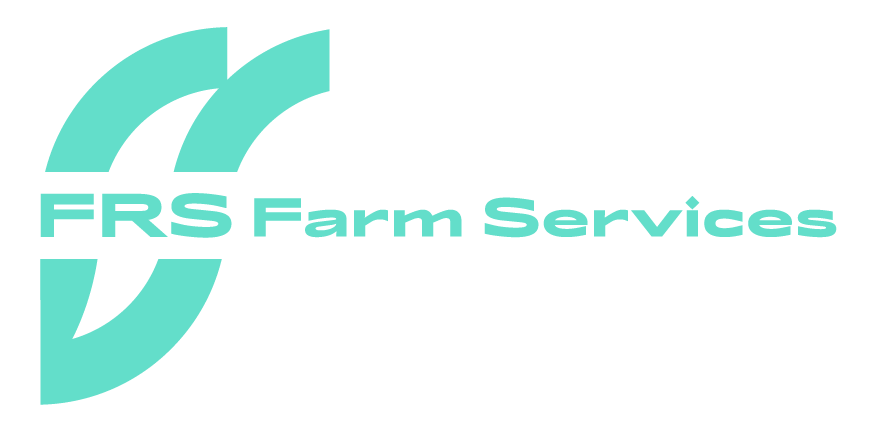As a follow on from our resent article on Hoof Care, we wanted to bring farmers attention to the benefits of hoof trimming and the importance of establishing an effective Hoof Care routine for good herd management.
Routine foot trimming is an important practice for farmers to prevent mobility issues in the herd. Most lameness issues originate around, in or between the claws. FRS Hoof Care specialists recommend that every animal in the herd should have its feet lifted, inspected and if required trimmed twice per year. The intervals at which cows need trimming depend on farm conditions, but a general recommendation is to have all cows trimmed once at drying off and again approximately 100 -120 days after caving.
Farmers should be aware that lameness in the herd is often influenced by management aspects, it would be beneficial if the farmer could uncover the causes of their cows’ foot disorders. Lameness is a multi-factor issue and there are many aspects to consider including housing, hygiene, grassland management and breeding. Good preventive Hoof Care plays a large part in lameness control.
The art of Hoof Care is a specialised skill and learning the art requires intensive training, which all FRS Hoof Care technicians go through before they service customers.
FRS technicians apply the Dutch 5 Step Trimming Method. Trimming is a preventative measure of lameness; however, it may not stop all cases.
The aims of good hoof trimming
- Return hooves to the ideal shape so that they are balanced, better capable of supporting the cow’s weight and less likely to suffer from future problems. Trimming to establish correctly balanced hooves whilst maintaining a good functional horn is a skill requiring training in the correct use of tools and correct angles of the hoof.
- Removing horn around an ulcer or lesion in order to reduce any pain caused by the lesion. When horn is removed, pressure is reduced as the cow transfers weight onto the claw when walking, promoting increased mobility and aiding healing. This may also involve the fitting of a ‘block’ or similar device to further reduce the trauma of a lesion.
- Removing dead and diseased horn and other tissue to promote the growth of healthy new horn.
- Removing horn to promote the draining of muck and slurry from around a lesion.
A good trimming method will save time and money. Effective treatment means faster recovery for animals and less medicine. Other benefits include fewer re-treatments, recovering cows are seen to perform better, and an overall improvement on animal welfare.
FRS technicians recommend lame cows should be trimmed as soon as they are seen to have the condition. Each FRS Hoof Care specialist will be able to advise the farmer on what is causing lameness problems and most importantly, what steps the farmer can take to prevent the problem.
As FRS Farm Relief is an essential service provider during this Covid 19 crisis, farmers can still contact their local office to talk through their needs. FRS operators and technicians are following the current Covid 19 guidelines to safeguard the health and safety of customers and themselves.
To find out more about FRS Hoof Care Service here: www.frsfarmrelief.ie/hoofcare.
